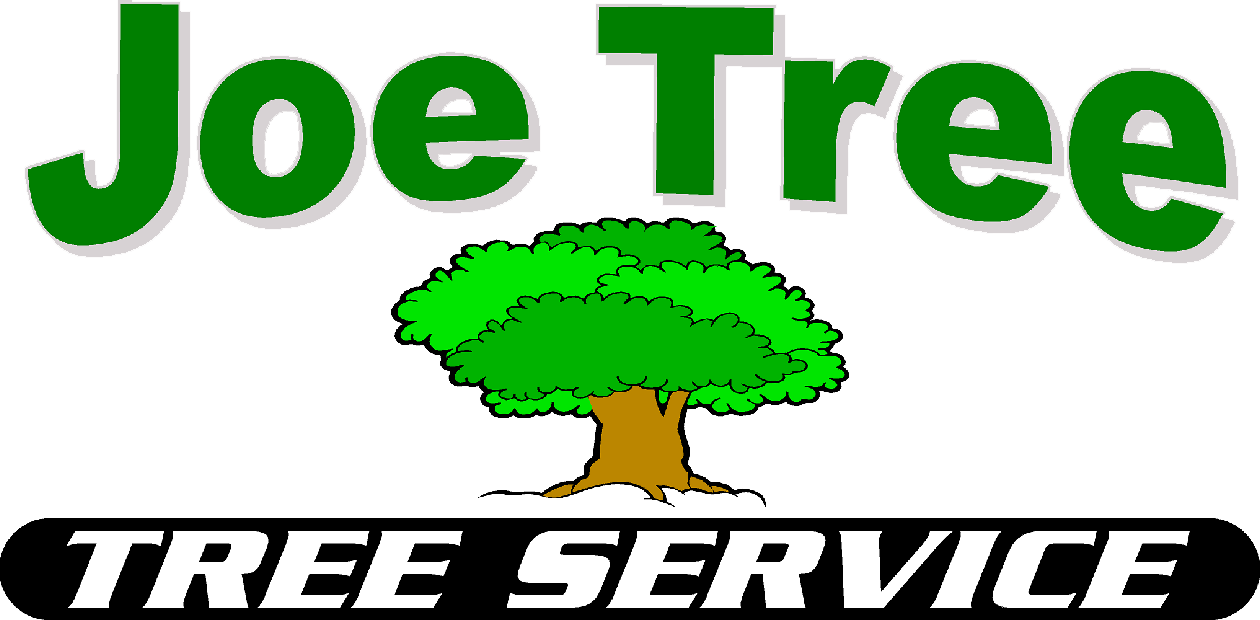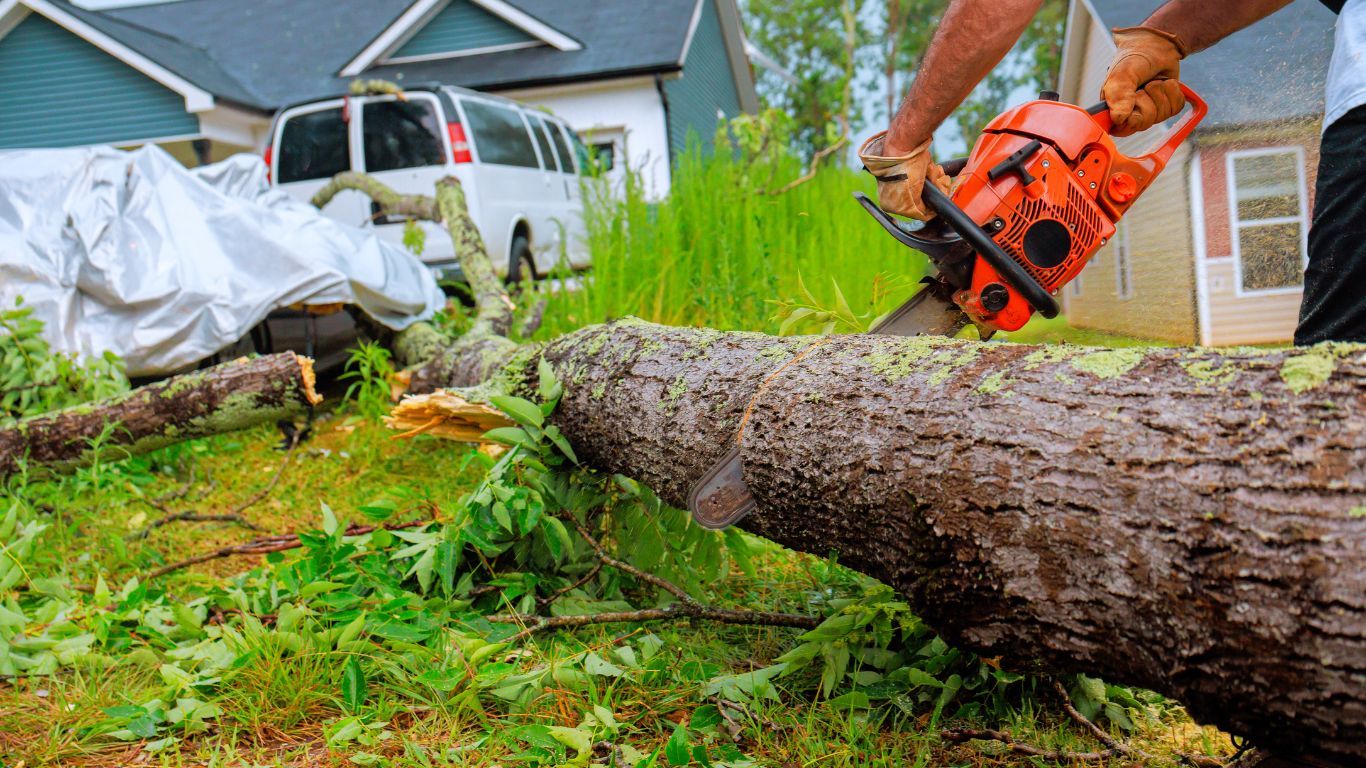Tree Pruning Mistakes That Can Ruin Your Trees (And How to Avoid Them)
Tree pruning seems straightforward—grab a saw, trim back a few branches, and move on. But ask any certified arborist or experienced professional, and they’ll tell you: the wrong cut can do more harm than no cut at all.
Improper pruning can cause decay, structural instability, disease, and even the death of an otherwise healthy tree. And here on Long Island, where storms are common and trees are a major part of residential and commercial landscapes, pruning mistakes can cost far more than people realize.
At Joe Tree, Tree Service, we’ve seen just about every pruning error in the book—from overzealous topping jobs to trees cut at the wrong time of year. This article breaks down the most common mistakes and explains how to avoid them by working with experienced professionals who understand what your trees really need.

Why Tree Pruning Isn’t as Simple as It Looks
On the surface, tree pruning might not seem like a high-stakes task. But trees are living organisms with specific biological processes. Every branch serves a purpose—whether for stability, growth, or nutrient distribution. Randomly removing limbs without understanding that context is a recipe for long-term problems.
Here’s what makes tree pruning more complex than it appears:
- Species Matters: Oaks, maples, ornamental trees, and conifers all respond differently to cuts. Timing, depth, and frequency all vary by species.
- Tree Biology Is Delicate: Cutting in the wrong place can create open wounds that don’t seal properly, inviting pests or disease.
- Structural Balance Is Critical: Removing too much weight from one side of a tree—or from the crown—can throw off its balance and increase risk of toppling in storms.
- Poor Technique Leads to Long-Term Damage: Even a small mistake today can compromise the integrity of the tree years down the line.
This is why proper tree pruning requires more than just equipment—it takes training, experience, and a deep understanding of tree structure and health. At Joe Tree, Tree Service, we’ve spent generations refining our approach to pruning that keeps Long Island’s trees strong and safe.
The 7 Most Common Tree Pruning Mistakes
Whether it's a DIY job or the result of hiring an untrained contractor, these are the pruning errors we see most often—and they’re almost always preventable.
1. Topping the Tree
This is one of the most damaging mistakes. Topping removes the uppermost portion of the tree’s main trunk and branches. People do it to reduce height or "control" the tree’s size, but it results in:
- Rapid, weak regrowth from buds just below the cut
- Exposure to sunscald and rot
- Loss of the tree’s natural form
- Major stress that often leads to disease or death
Avoid it by: Using crown reduction techniques instead, which are far less harmful and maintain the tree’s structural integrity.
2. Cutting Too Close to the Trunk (Flush Cuts)
Many people make cuts flush with the trunk, thinking it looks cleaner. In reality, this removes the branch collar, a critical area of tissue that helps seal wounds and prevent infection.
Result: The tree can’t heal the wound properly, allowing decay to spread directly into the trunk.
Avoid it by: Making cuts just beyond the branch collar—this preserves the tree’s natural defense system.
3. Leaving Long Stubs
The opposite of a flush cut, a stub cut leaves too much branch material behind. These stubs don’t seal over, and they become entry points for pests and fungi.
Avoid it by: Making clean, deliberate cuts just outside the collar—long enough to seal naturally but not so long they become a liability.
4. Over-Pruning
Removing more than 25% of a tree’s foliage in one session can severely stress it. Trees need leaves to produce energy through photosynthesis. Taking too much at once reduces their ability to feed themselves and fend off disease.
Avoid it by: Pruning in stages if significant work is needed. A professional from Joe Tree, Tree Service can create a multi-year plan to gradually shape or reduce your tree.
5. Pruning at the Wrong Time of Year
Each species has an ideal pruning window. For most trees, that’s late winter to early spring, when they’re dormant. Cutting during active growing seasons can expose the tree to insects and disease.
Avoid it by: Scheduling pruning based on tree type and condition. Our team considers species, weather, and tree health before making a single cut.
6. Using Dirty or Dull Tools
Pruning tools can spread bacteria and fungi from one tree to another. Dull tools crush branches instead of slicing cleanly, causing jagged wounds that don’t seal properly.
Avoid it by: Using sterilized, sharpened tools. Our crew at Joe Tree maintains professional-grade equipment to minimize trauma and prevent cross-contamination.
7. Ignoring Signs of Disease or Decay
Sometimes people prune without even noticing the tree is sick. Cutting diseased branches without proper isolation can spread infection to healthy parts—or even nearby trees.
Avoid it by: Having your trees evaluated before pruning. A trained eye can identify signs of decay or pest issues and prevent the spread of damage.
DIY Pruning vs. Professional Tree Pruning
There’s a reason tree pruning is a licensed and insured profession. Doing it yourself may seem like a cost-saving move, but here’s what’s really at stake:
1. Safety Risks
Falling branches, unstable ladders, and unseen power lines are all real dangers. One bad move could result in serious injury—or worse.
2. Property Damage
A misjudged branch can fall onto your car, home, or neighbor’s fence. Without proper rigging and drop-zone management, it’s easy to cause expensive damage.
3. Tree Health
Even with the best intentions, a DIY job often harms more than it helps. Without species-specific knowledge, it’s easy to over-prune or stress the tree unnecessarily.
4. Insurance Liability
If a tree you pruned falls and causes damage later—especially due to improper work—your insurance may not cover it.
Hiring a certified team like Joe Tree eliminates these risks. We bring decades of experience, the right tools, and full insurance protection to every job.
What Proper Tree Pruning Looks Like
Professional tree pruning is a mix of science and strategy. At Joe Tree, we follow a methodical process based on tree biology, local conditions, and long-term health goals. Here’s what that looks like:
- Initial Evaluation: We assess the tree’s species, size, health, and surroundings.
- Customized Pruning Plan: Every cut is intentional—there’s no “one-size-fits-all” here.
- Correct Cutting Technique: We preserve the branch collar, avoid topping, and shape for structure.
- Timing for Optimal Healing: We schedule pruning at the right time of year to support natural recovery.
- Clean, Precise Equipment: All tools are maintained to ensure clean, smooth cuts.
- Thorough Cleanup: No debris, no mess. We leave your property safer and cleaner than we found it.
That’s the difference between a quick job and a quality service. With Joe Tree’s pruning services, your trees get the care they deserve.
How Pruning Affects Long-Term Tree Health
Correct pruning does more than tidy up a tree—it actively improves its health and safety. Here’s what you gain from a proper pruning routine:
✅ Disease Prevention
Removing dead, dying, or infected branches stops rot and pests from spreading to healthy parts of the tree.
✅ Improved Structure
Strategic shaping encourages better growth patterns, reduces crossing branches, and minimizes the risk of splitting during storms.
✅ More Light and Airflow
Thinning the canopy allows sunlight and air to penetrate, reducing humidity that can lead to fungal infections.
✅ Better Storm Resistance
Balanced, well-maintained trees are more stable and resilient during high winds or snowstorms.
✅ Enhanced Aesthetics and Property Value
Healthy trees look better and increase your home’s curb appeal—something that matters on Long Island’s competitive property market.
The long-term benefits of proper pruning aren’t just about beauty—they’re about value, safety, and longevity. With Joe Tree’s expert care, you’re not just managing a tree—you’re preserving an asset.
Why Long Island Property Owners Trust Joe Tree
We’re not a national chain or fly-by-night contractor. Joe Tree is a third-generation, family-owned business with deep roots on Long Island. From Nassau to Suffolk, we’ve earned a reputation for integrity, safety, and unmatched expertise.
Here’s what sets us apart:
- Owner On-Site at Every Job
- Licensed and Insured Crew
- Precision Cuts Backed by Training and Experience
- Fast Response for Emergency Situations
- Fair, Transparent Pricing
We understand local trees, local weather, and local codes—and we treat every property as if it were our own. If you want pruning that protects your trees and your wallet, we’re the team to call.
Learn more about our tree pruning services or request a free consultation today.
Conclusion: One Bad Cut Can Undo Years of Growth
Tree pruning isn’t just another weekend chore—it’s a decision that affects your trees for years to come.
DIY attempts and bargain contractors often cost more in the long run, leading to disease, instability, or even complete tree failure. By contrast, professional pruning improves tree health, enhances safety, and increases property value.
If you want the job done right—and done safely—trust the experts who’ve been doing it right for generations.
Protect your trees. Preserve your landscape. Call Joe Tree, Tree Service today.





